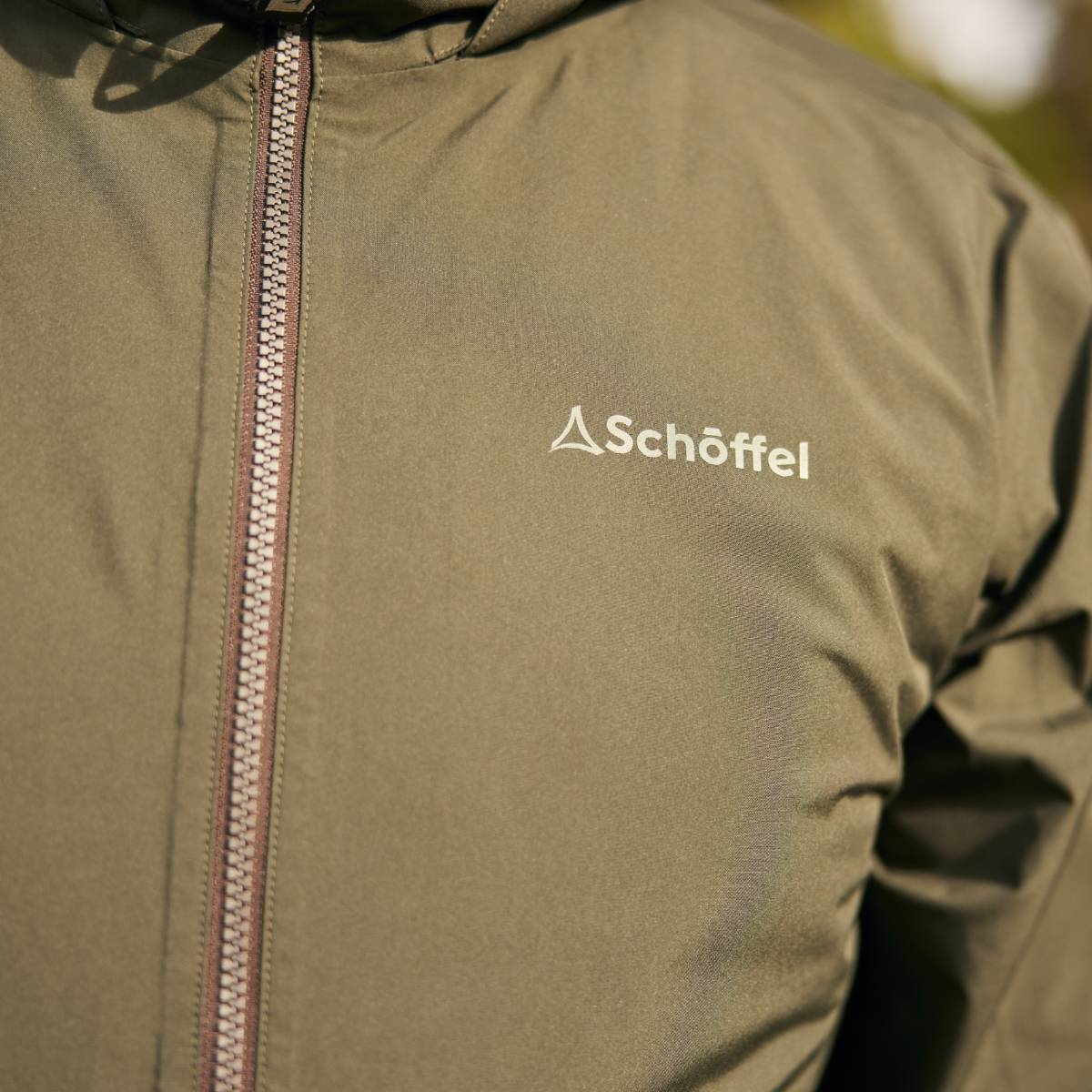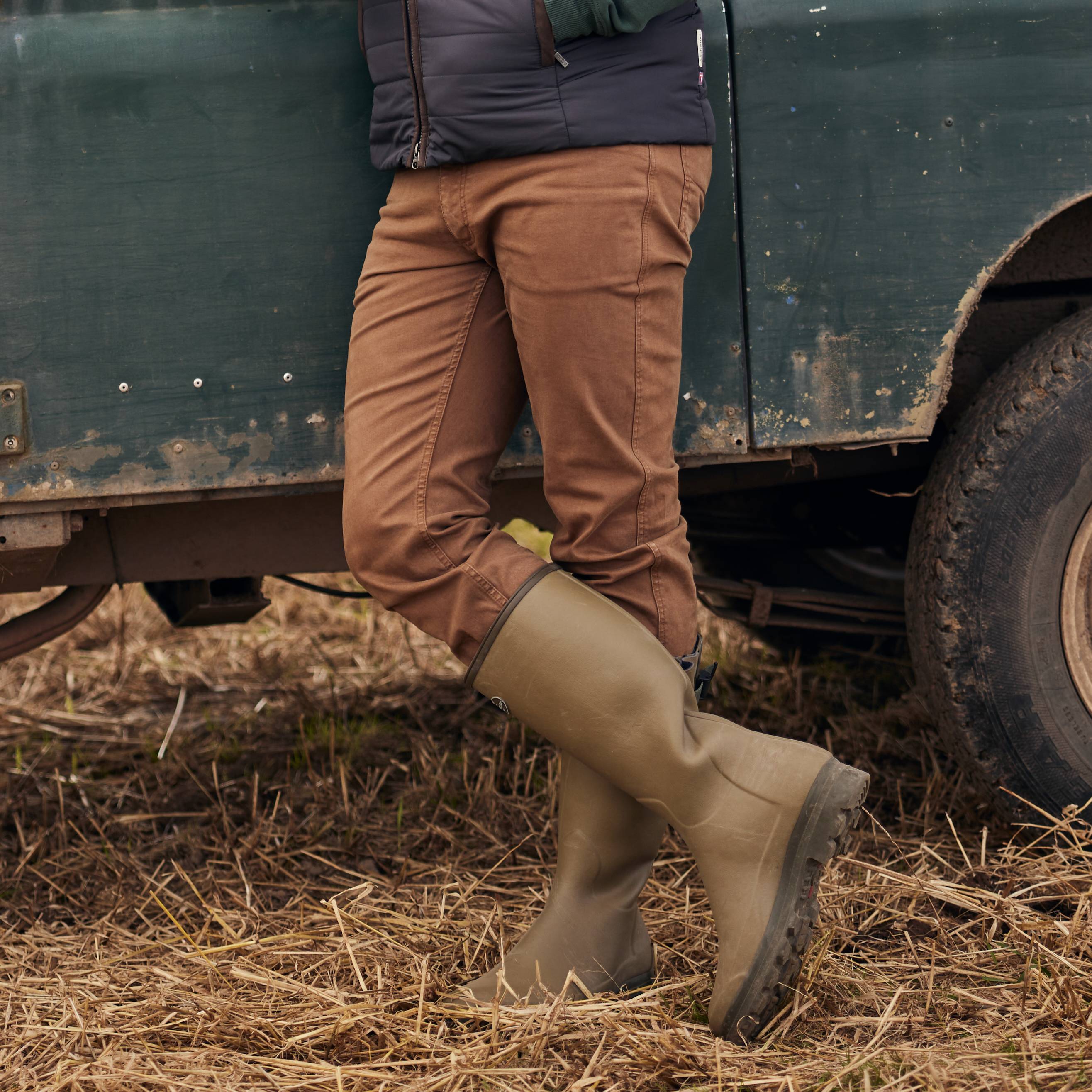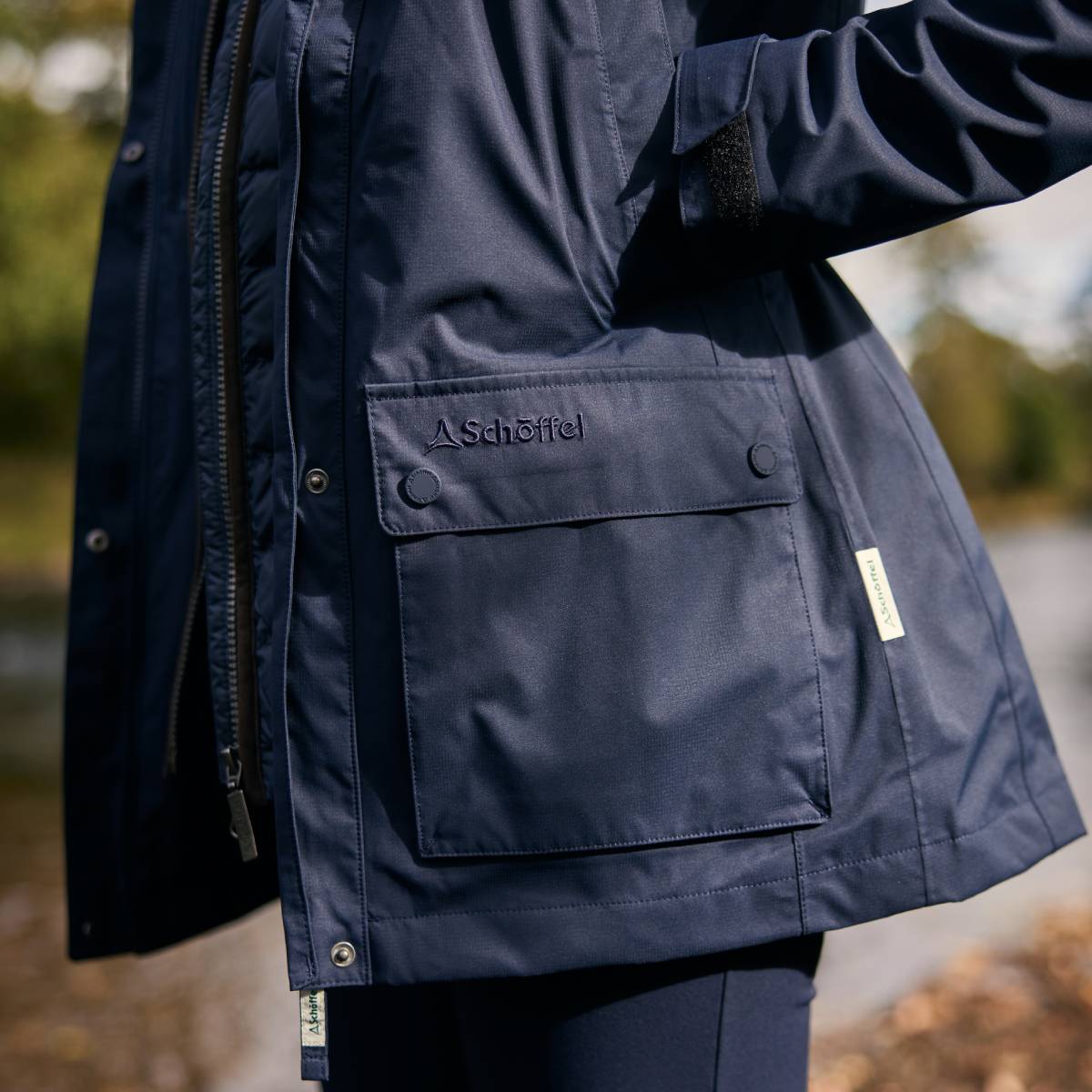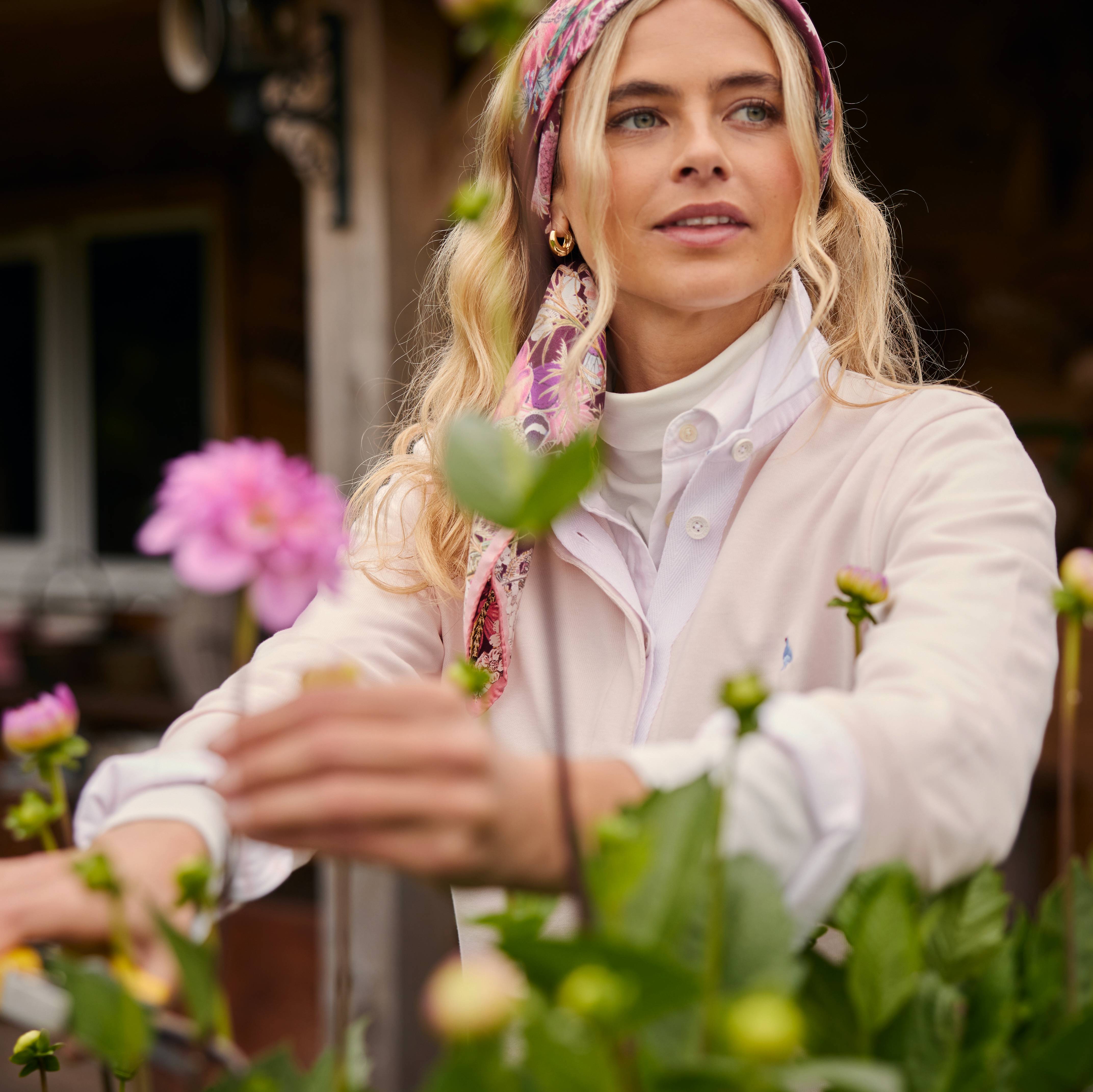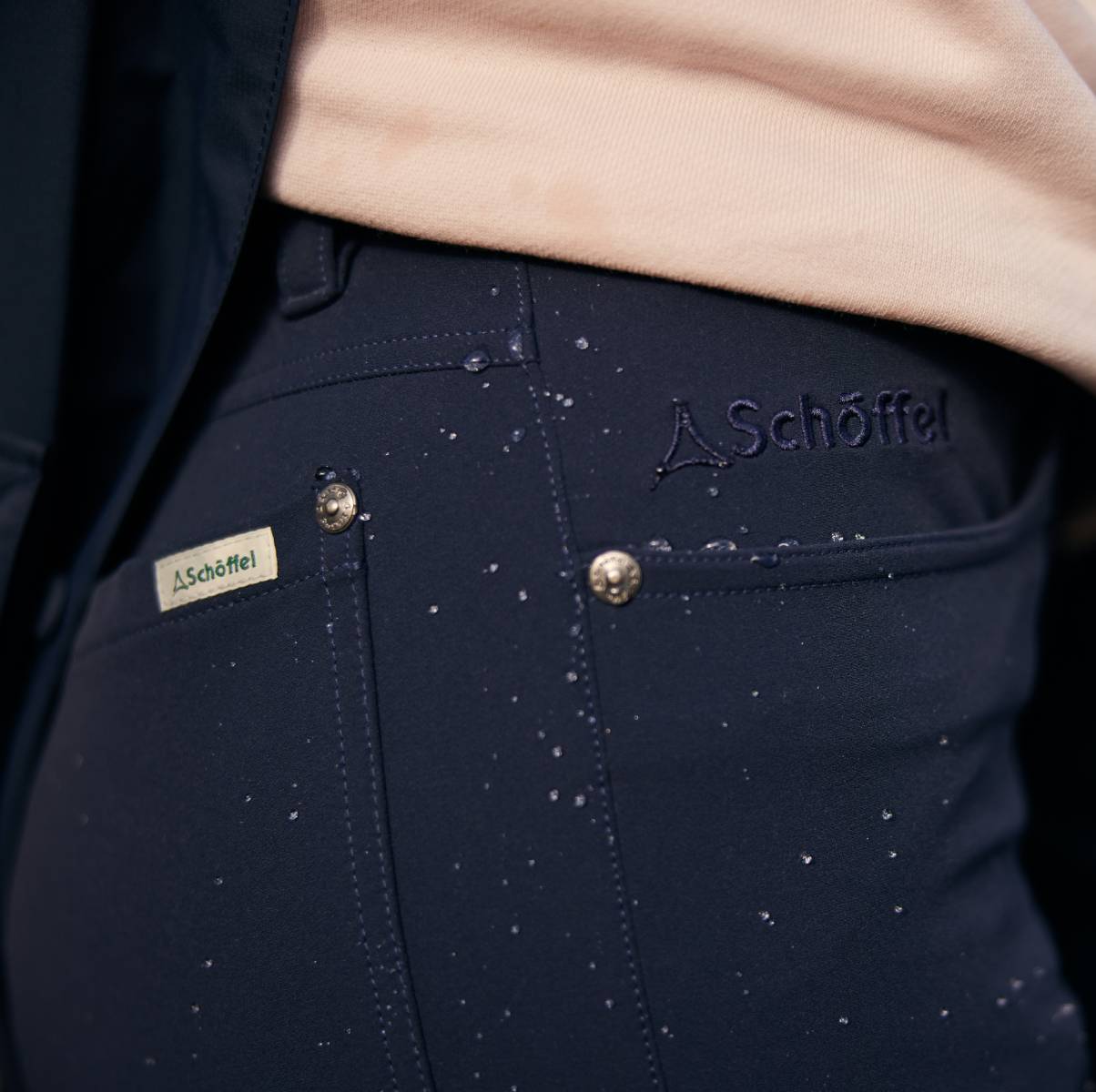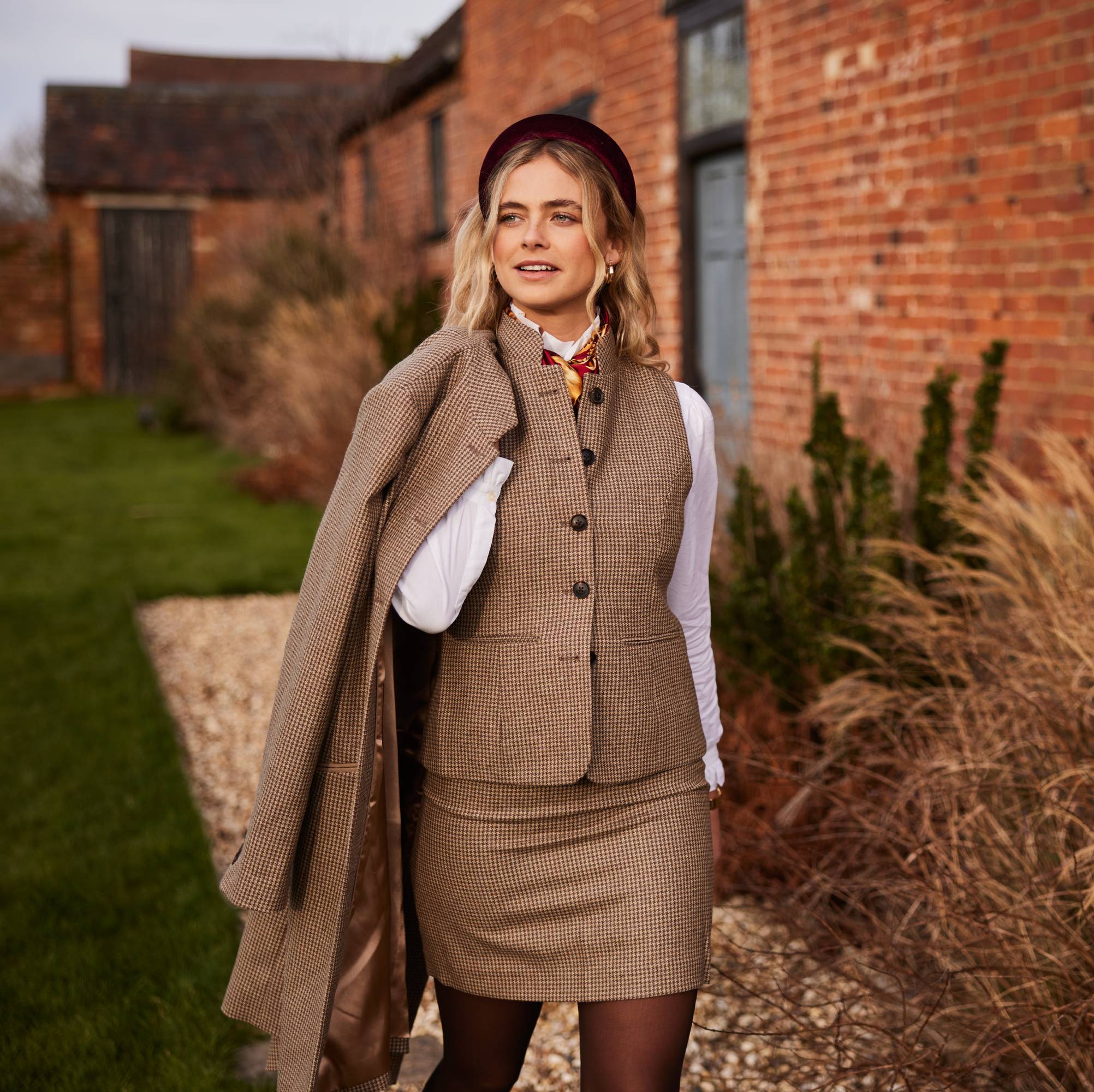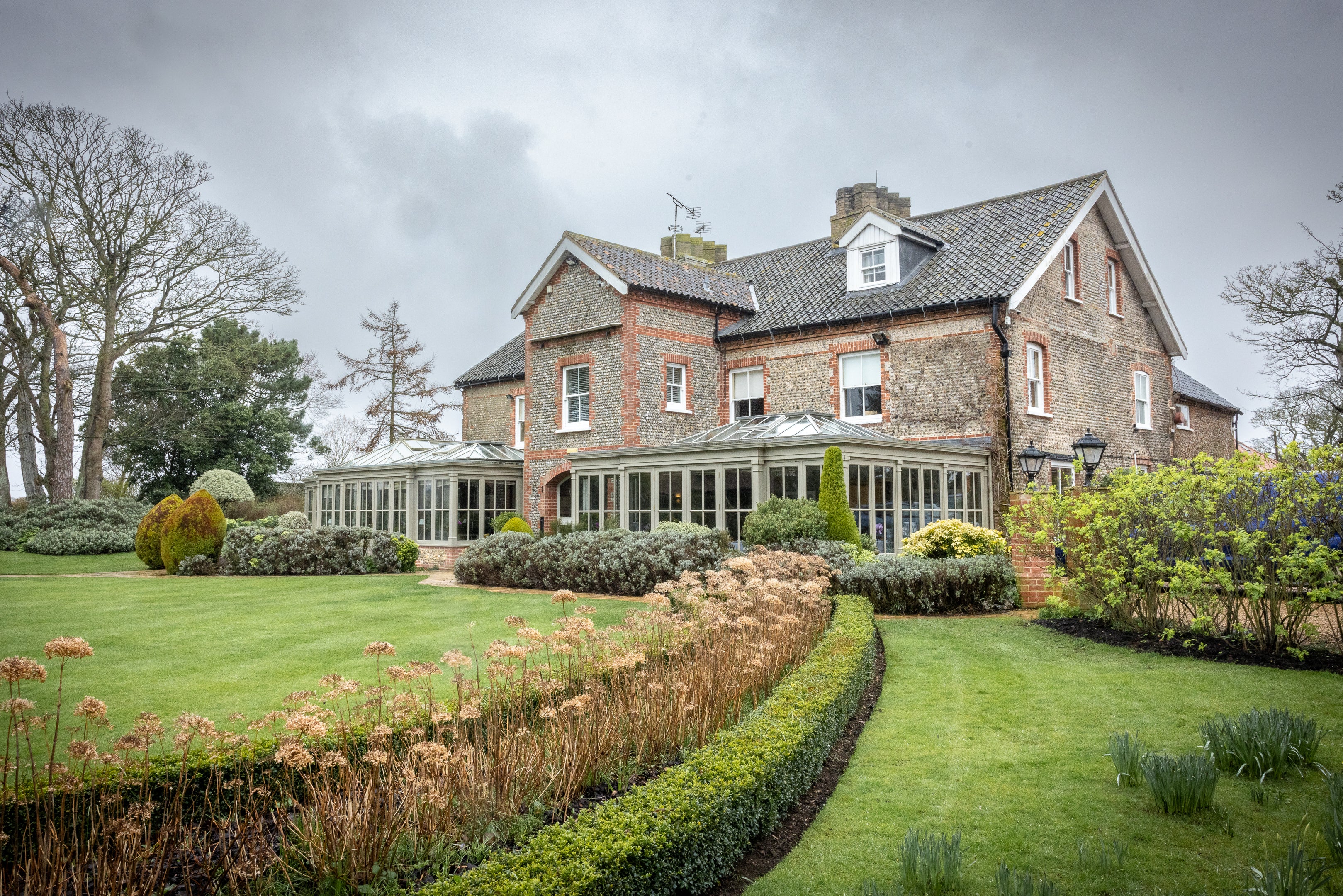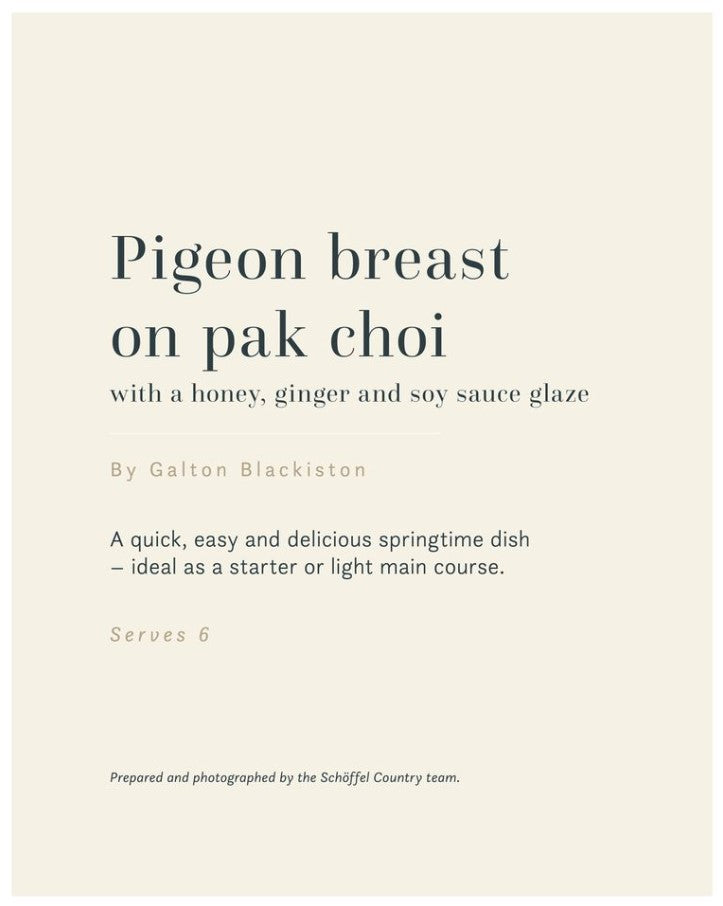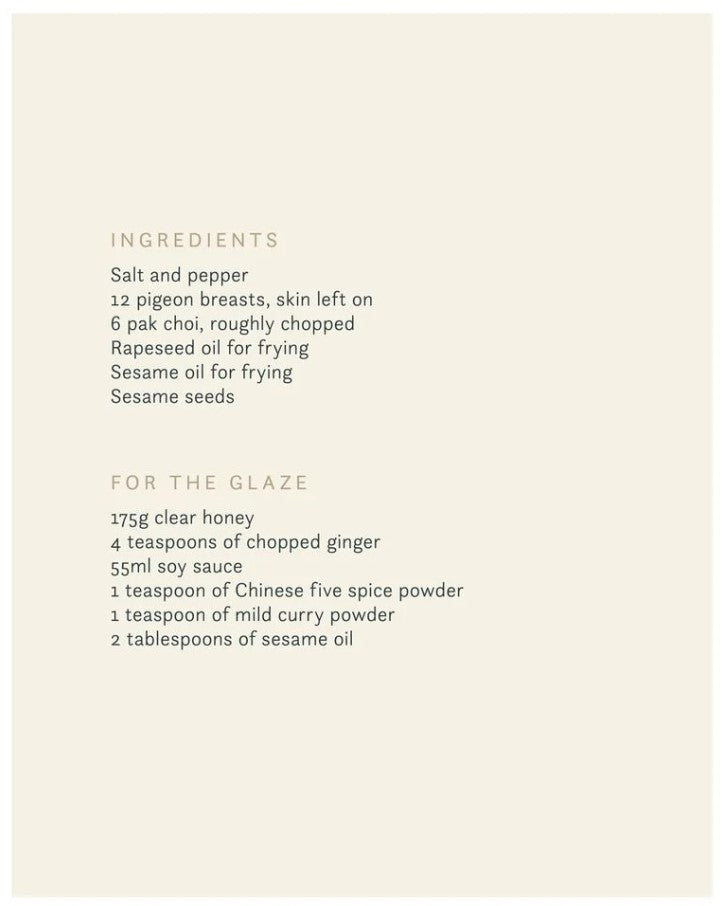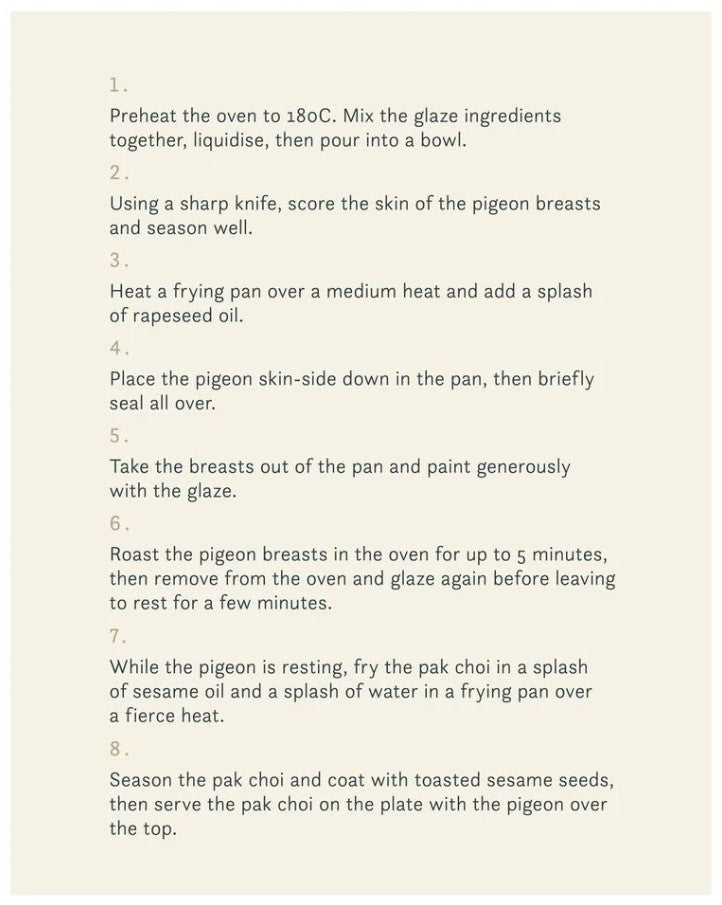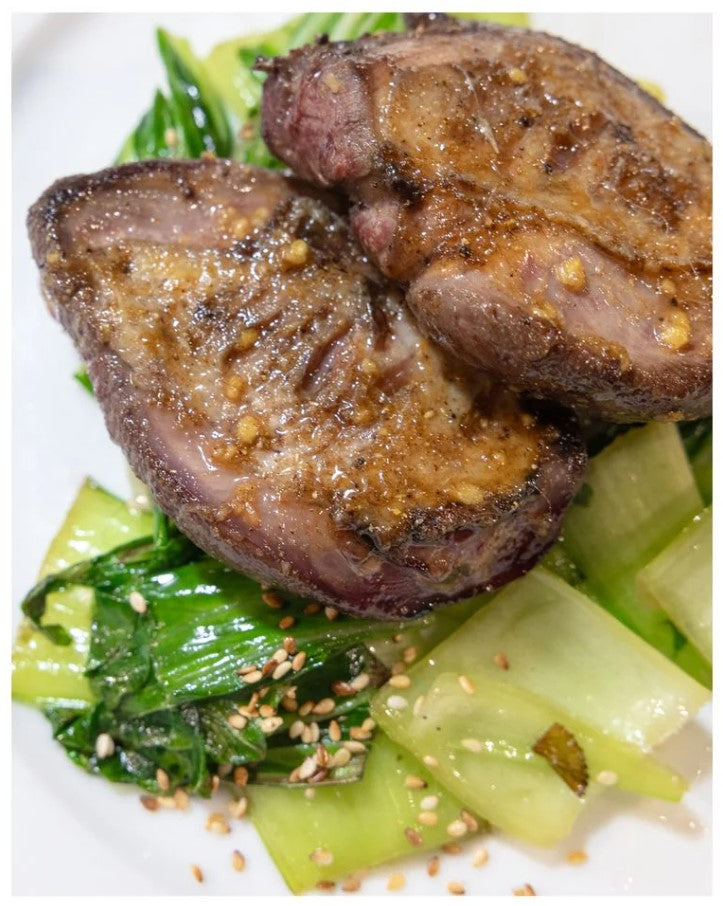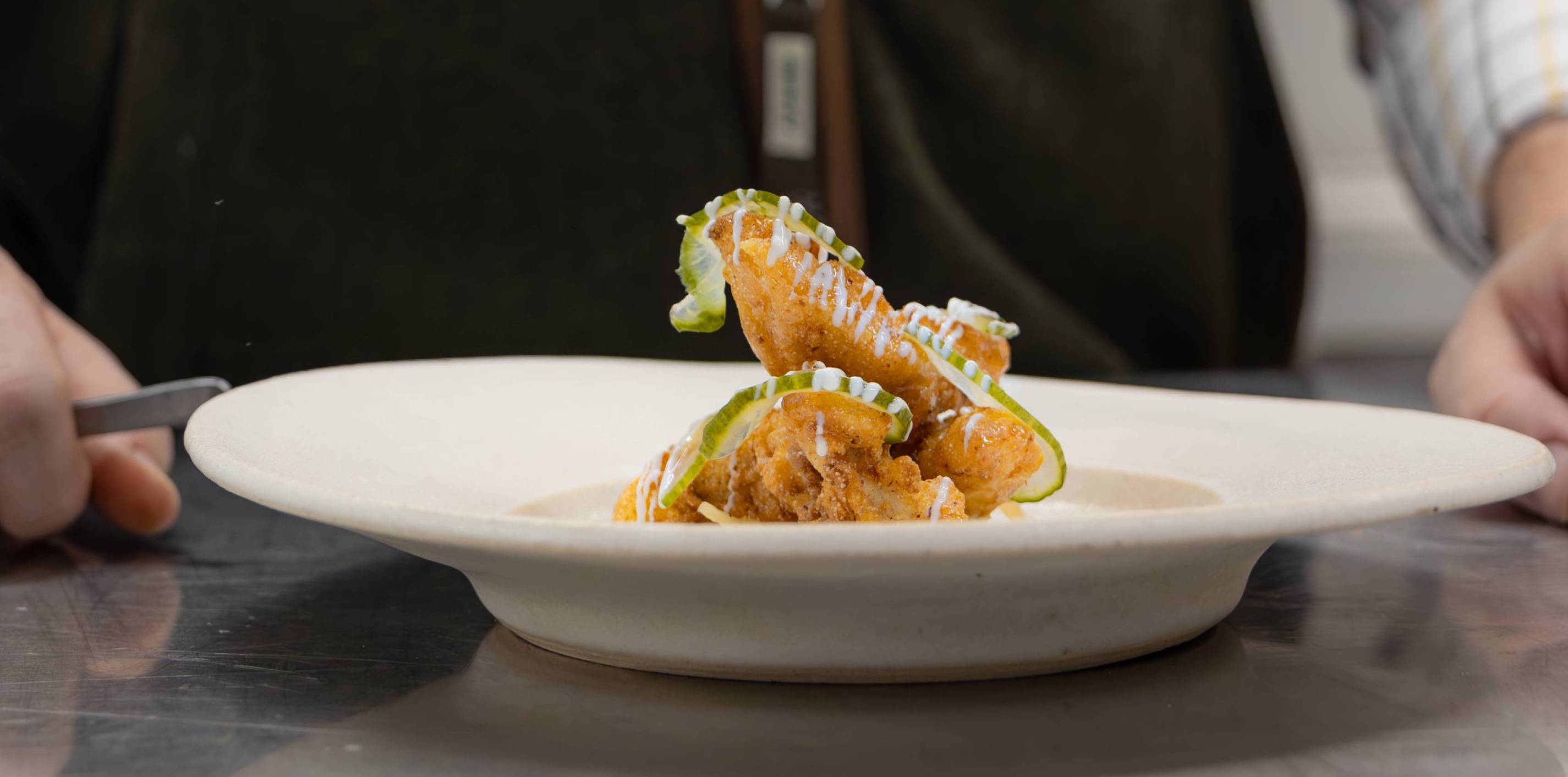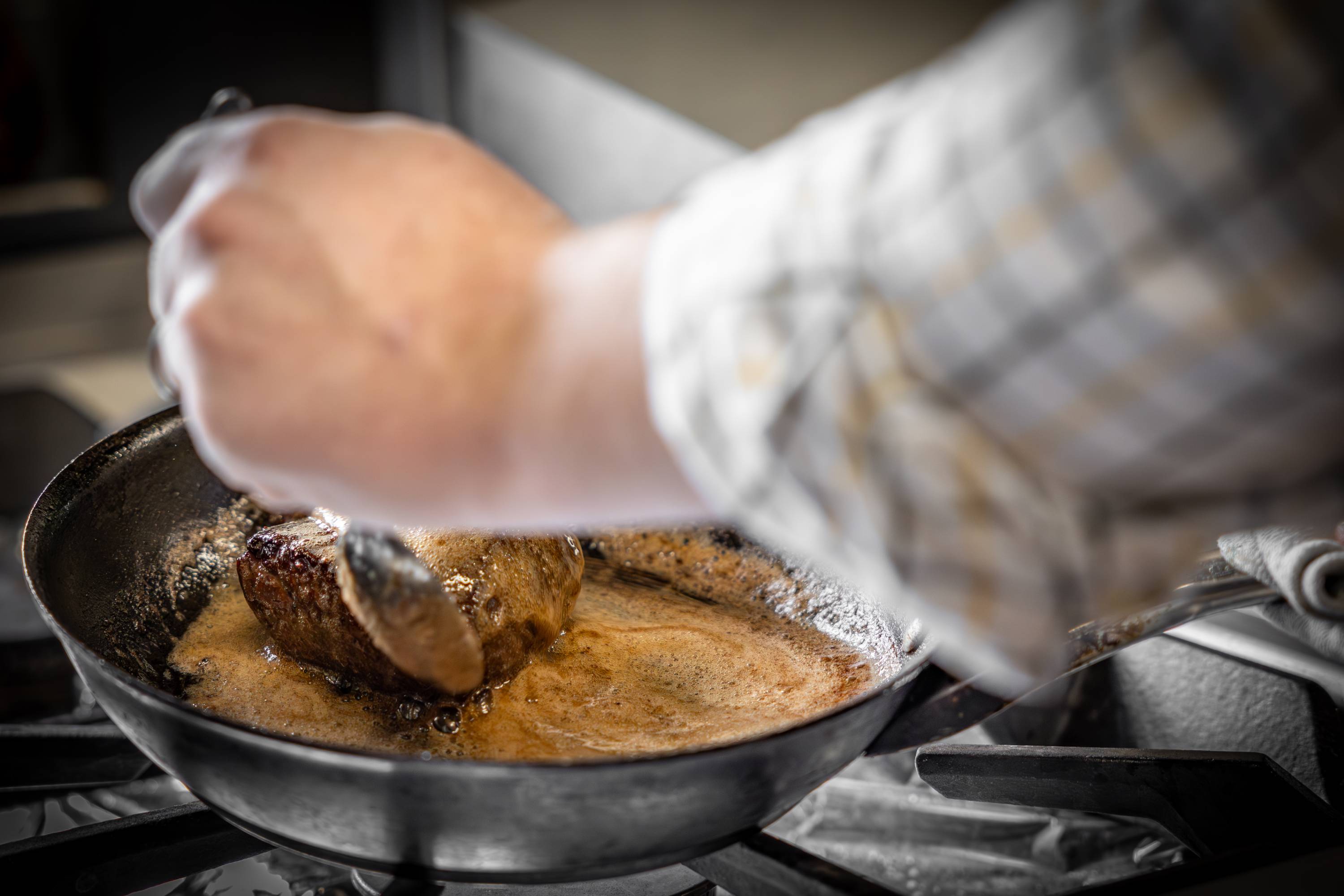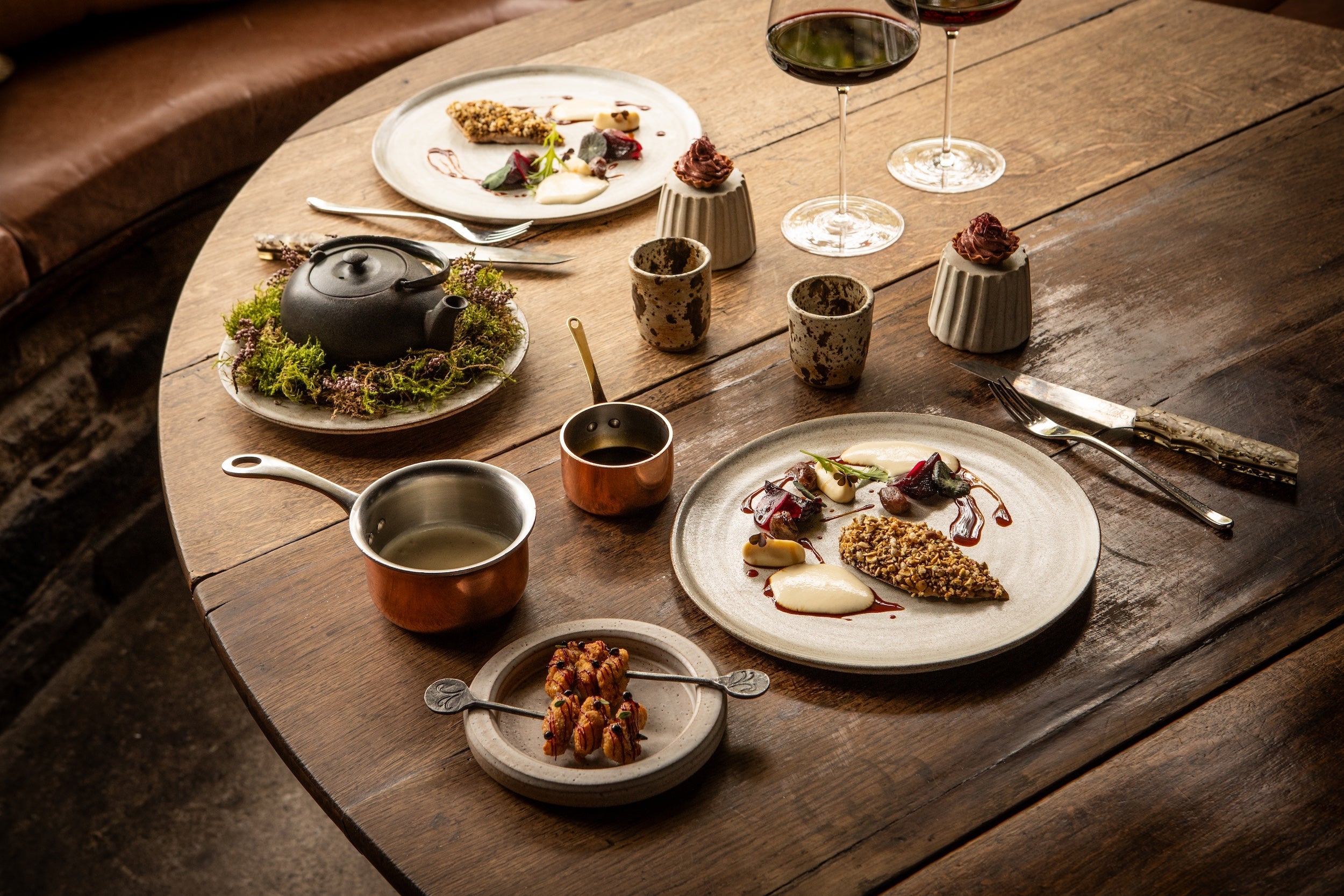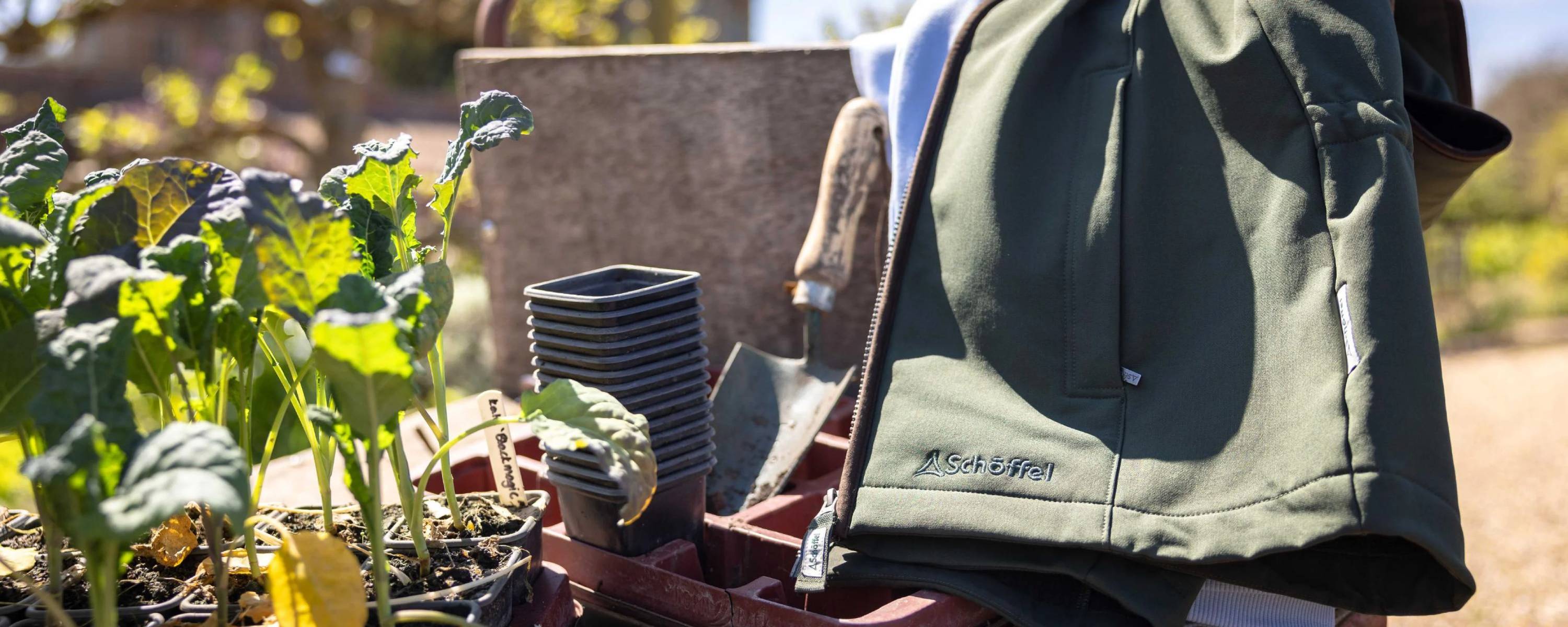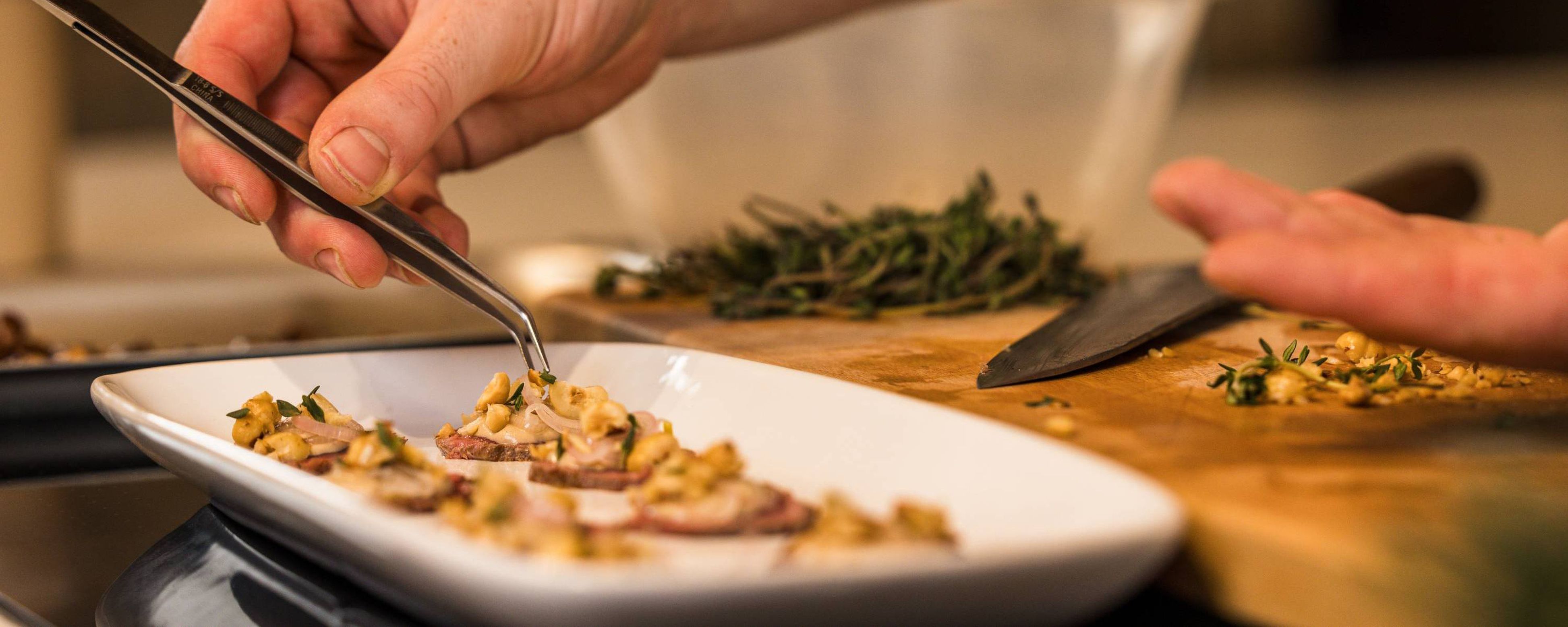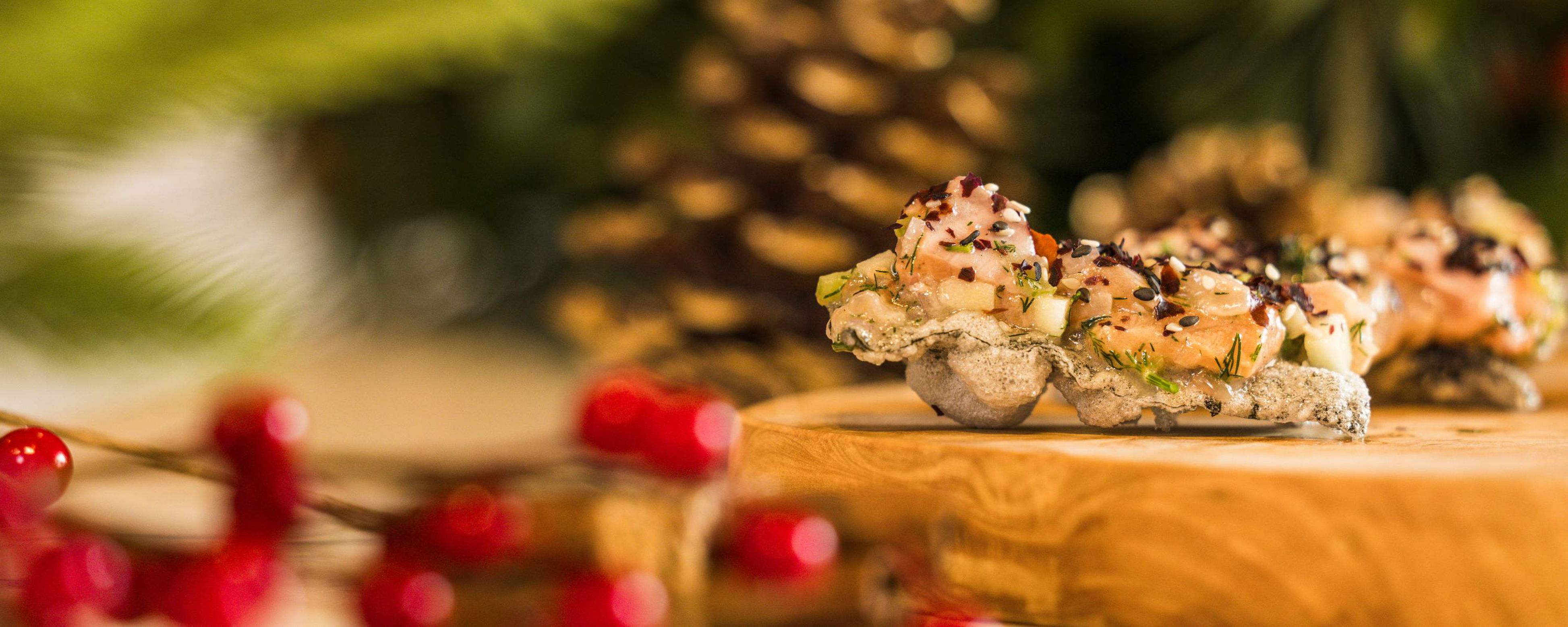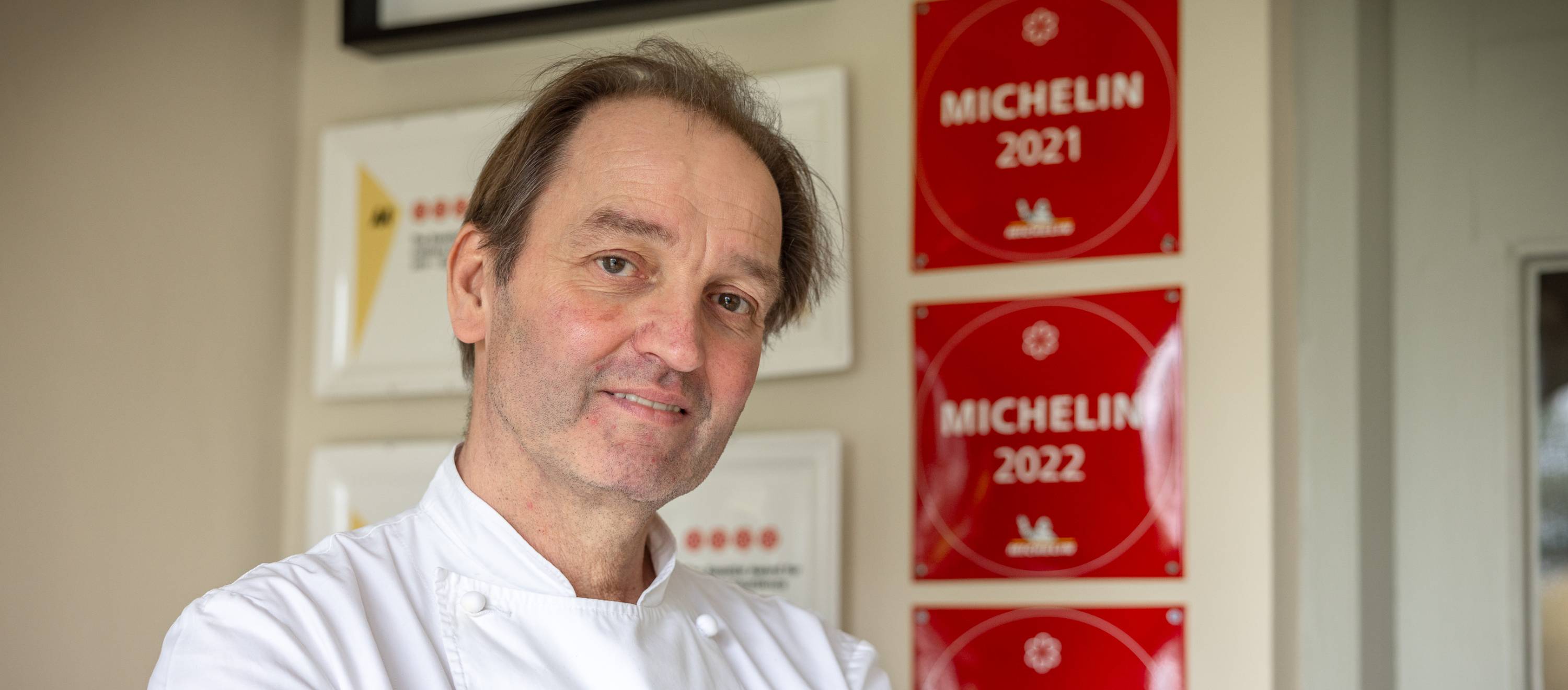

An interview with Galton Blackiston
In the second instalment of our Chef's Table Series, we visit Galton Blackiston, the chef-proprietor at Morston Hall, to discuss everything from his wholesale change in cooking style to the importance of using ingredients of the very highest quality.
An exploded jar of fermenting veg had consumed much of the morning when I arrived at Morston Hall. The clean-up operation allowed me a little longer to admire the Jonathan Yule watercolours that hang in the pebble-dashed pile, but Galton Blackiston was shaking his head as he showed me to a seat in a room away from the blast zone. It’s a beautiful place, and any other such 17th-century building might draw curiosity because of its heritage and history. At Morston Hall, however, fine dining steals the show…
The country house hotel with 13 ensuite rooms nestles a few miles inland from the North Norfolk coast and has been home to Galton’s restaurant since 1992. For the majority of those 32 years, it has been considered right up there with the best places to eat in the UK. Various awards and accolades – most notably a Michelin Star every year since 1999 – say as much. It’s all quite remarkable for someone who didn’t go to chef school and learnt much of what he knows from cookbooks.
“It was a big gamble taking this place on,” Galton admitted as we sat down. “And I had a real wake-up call very early on.” It almost went badly wrong just six months in…
The catalyst was a visit from well-known food critic Tom Jaine, who at the time wrote for The Telegraph and edited the Good Food Guide. The article that followed, Galton remembers, was head-in-hands brutal. “I’ll never forget the headline,” he said. “’A raspberry with your starter?!’. And then the whole review just became an obliteration of everything I’d done.”
Galton describes his cooking style in the early days, learned during his first job in the Lake District, as “a very country housey, olde worlde style where you put Bovril in your jus and gravies, and a bit of flour in your sauces.
“To be fair, melon for starter wasn’t out of the question back then, either.” He laughed in a way that suggested how much his style has altered since.
I say evolved, but his change of tack was more of a revolution than an evolution. “After that visit, I began reading the Roux brothers’ books immediately. Through there I have a whole collection of them,” he said, pointing to the next room. “Michel Roux was, bless him, an absolute hero of mine. He has books on sauces, pastry, eggs, fish… I read every one of them and taught myself all about classical French cooking – from scratch.”
The year following the big change, a Catey award for ‘best newcomer’ – which put Galton in the company of Marco Pierre-White, Gordon Ramsay and others – offered welcome reassurance that his new-found style was paying off. And yet, although more refined, he is adamant that certain qualities from his very first venture with home-baked food as a teenager – which took the shape of ‘Galton’s Goodies’, a stall on which he sold cakes and biscuits every Thursday at Rye Market – are still at the heart of his eight-course tasting menu that changes every day.
Using ingredients when they're at their best
“Using wholesome, fresh ingredients when they’re at their best is a huge focus of ours,” Galton told me. “You can now get hold of most ingredients at any time of year, but why not wait until it’s in season in Britain? Strawberries are a case in point – why use Spanish strawberries in February if you can wait until June for the best of British? There’s nothing like an English strawberry. The same goes for asparagus and so much else.”
Surprisingly, the Norfolk native admitted that in the past he has perhaps trained too much emphasis on sourcing produce locally. “I used to bang on about how brilliant the county is for this, that and the other. Now, with a little bit of experience, I’d say there are certain things that are very good, but an awful lot of ingredients that are best produced or harvested from other parts of the UK – and I’ll pick and choose what I want from across the country based on the seasons and quality.”
That night, they had hand-dived scallops from Orkney on the menu, and morels from a local forager for the vegetable course. Every day they to feature something from the garden, too. It might be something as simple as the flowers used to garnish the canapes.
“Our gardener Robin does a fantastic job and we have so much available throughout the year,” Galton expanded. “At the moment we have young carrots that are just about ready, the broad beans are in flower, and peas are coming on just nicely. Cavolo nero, kohlrabi and the like are planted for the seasons ahead. Then we have our greenhouse where we grow all our own micro herbs. That saves a lot of money but, more importantly, you get the very freshest herbs going, just feet away from the kitchen.”
Keeping it simple
For a keen shooting man of 25 years, Galton’s penchant for using seasonal ingredients naturally translates to using a great deal of game during autumn and winter. We spoke about the local partridge shoots and the importance of a strong wind and high hedges for great sport in East Anglia. Then we moved on to how to cook the end result.
“We source a lot of our game from P&S Butchers in Holt,” Galton explained. “They really specialise in game and supply us with our pigeon, teal and mallard. Whenever I’m lucky enough to head north and shoot grouse, I’ll bring back the young birds and have the team there pluck and dress them for us, too.
“People don’t raise an eyebrow to our usage of game,” he continued. “We put on hare quite often, too. Like everything – if done correctly, it’s beautiful.”
His favourite species to cook, like our first Chef’s Table Series guest, Sat Bains is teal, with young grouse a close second. “We cook the teal breast on the bone, then calve it off and serve it with a lovely jus, autumnal vegetables and a sweet puree – maybe quince. I don’t mess about unnecessarily,” he said.
And keeping things simple, according to Galton, is key when cooking game. “It needn’t be overcomplicated. And I wonder if more people would use it or serve it if they knew that.”
Shoots themselves, Galton reckons, could also embrace simplicity to greater effect. “Some that I have been to are very good at it – Plas Dinam and High Wycombe are two examples – but I’d like to see more shoots offering game at elevenses and the main meal of the day,” he opined as we jumped back to conversation about the past. “Every shoot I go to now I take a game pie featuring pheasant, partridge, pork, and hot water pastry crust. It always goes down a real storm! But shoots don’t even need to go to that much effort – it can be as easy as frying a few partridge breasts quickly over a little gas stove with a bit of seasoning and chilli sauce. People love that sort of thing and dive into it!”
It’s an approach that ties in nicely with Galton’s overarching ethos, which is all about buying the best quality ingredients and then adding to them something that is going to enhance but never overpower or mask the flavours and textures they bring to the table. “Whether it’s fish, game or fresh produce, investing in the finest raw ingredients really does make all the difference,” he asserted. “Though I must admit I’m going off fermenting veg…”

